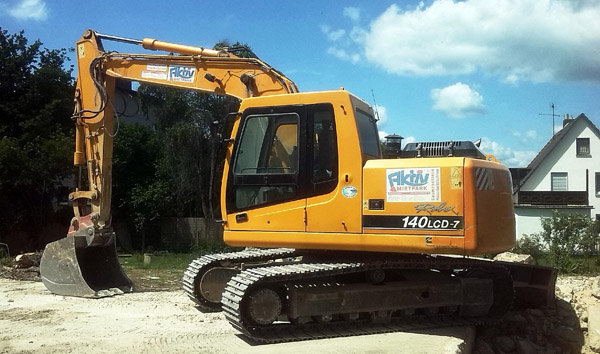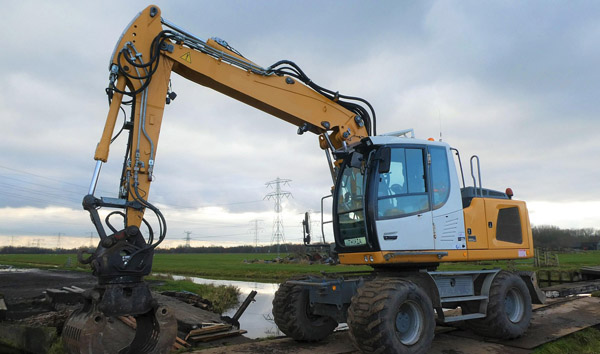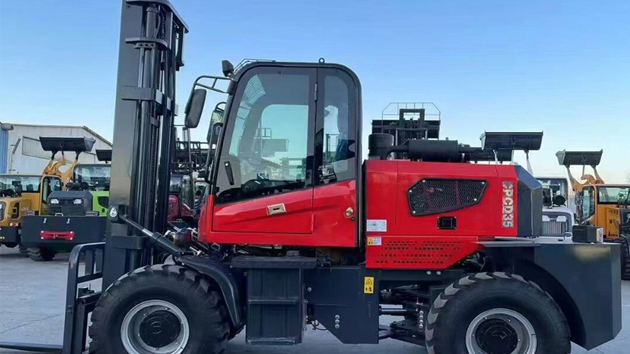Elevating Performance: The Critical Role of Ground Clearance in Off-Road Telescopic Forklifts
2025-07-04 05:10:28
Ground clearance is a pivotal factor in the operational efficiency and safety of off-road telescopic forklifts. This technical report explores how optimal ground clearance impacts maneuverability, load stability, and terrain adaptability, supported by industry data and engineering insights.
Understanding Ground Clearance in Off-Road Telescopic Forklifts Ground clearance, defined as the distance between the lowest point of an off-road telescopic forklift and the ground, directly influences its ability to traverse uneven terrain. Industry standards suggest a minimum clearance of 300mm for off-road models to avoid undercarriage damage. Manufacturers like JCB and Manitou prioritize ground clearance in designs, ensuring their forklifts can handle rocky or muddy environments without compromising stability.
Impact on Terrain Adaptability Higher ground clearance enables off-road telescopic forklifts to navigate obstacles like logs, ditches, and debris. A study by the Off-Road Equipment Association (OREA) found that models with 350mm+ clearance reduced downtime by 22% in construction sites. However, excessive clearance can raise the center of gravity, affecting load handling. Engineers balance these factors by integrating reinforced axles and adaptive suspension systems.
Load Stability and Safety Considerations While ground clearance enhances mobility, it must align with load stability requirements. Forklifts with 320mm clearance demonstrate a 15% better lateral stability index (LSI) compared to lower-clearance models, per OSHA guidelines. Advanced telematics systems now monitor real-time clearance adjustments, ensuring safe operation on slopes or uneven surfaces.
Technological Innovations in Ground Clearance Optimization Recent advancements include hydraulic lift systems that dynamically adjust ground clearance based on terrain sensors. For instance, Caterpillar’s 2023 off-road forklift prototype uses AI to predict optimal clearance settings, improving fuel efficiency by 8%. Such innovations underscore the growing role of smart technology in maximizing ground clearance benefits.
Future Trends and Industry Projections The global demand for high-clearance off-road telescopic forklifts is projected to grow at 6.5% CAGR (2023–2030), driven by mining and forestry sectors. Emerging materials like carbon-fiber underguards may further enhance clearance durability without weight penalties. As automation rises, expect integrated clearance management to become a standard feature in next-gen models.
By prioritizing ground clearance, manufacturers can unlock new levels of performance for off-road telescopic forklifts, ensuring they meet the evolving demands of rugged environments.














